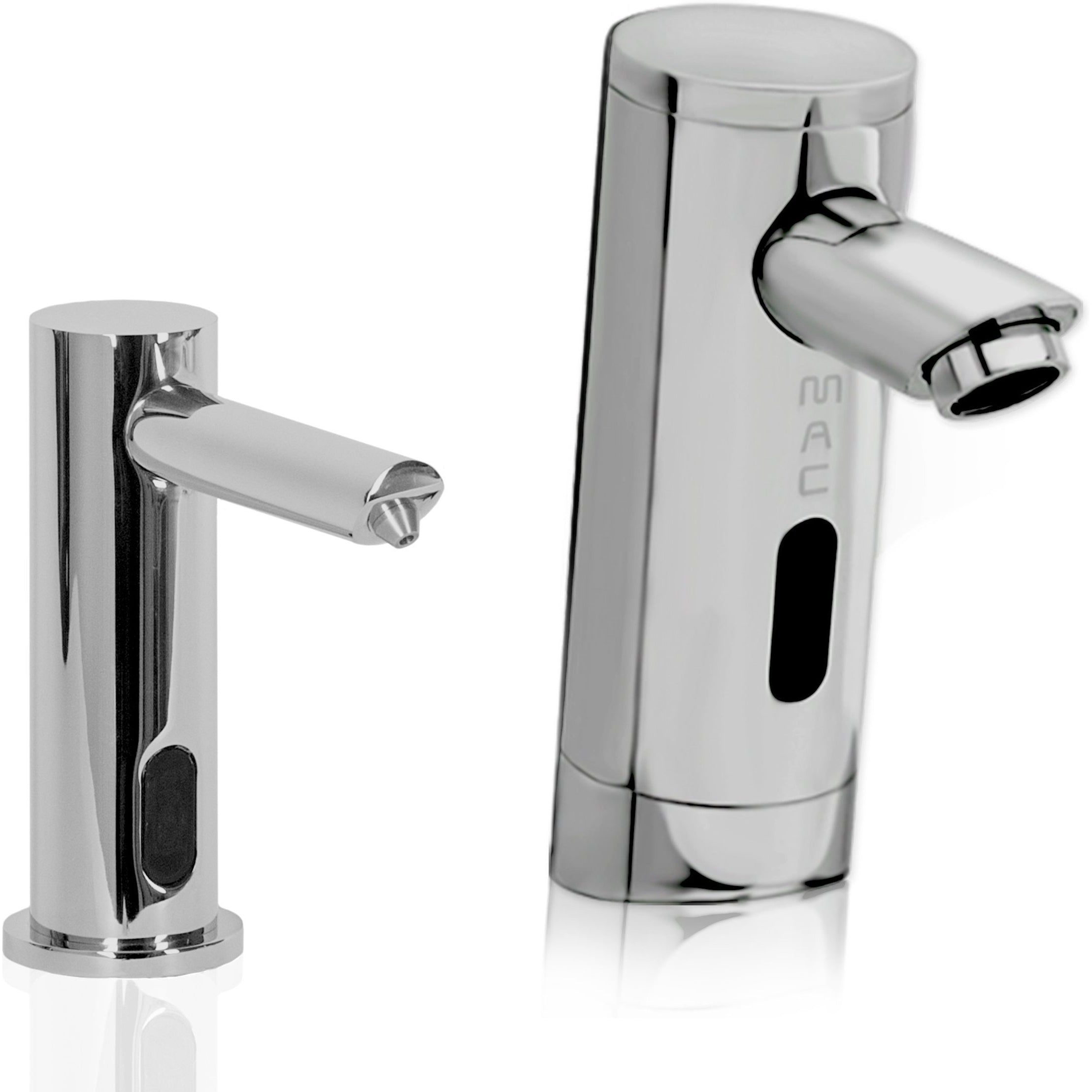In today's fast-paced world, technological advancements continue to reshape various aspects of our lives, including how we interact with everyday objects in our homes. One such innovation that has gained significant traction in recent years is the Electronic Faucets This touchless marvel, often seen in public restrooms, is making its way into residential kitchens and bathrooms, promising convenience, hygiene, and water efficiency.
What Are Electronic Faucets?
Electronic faucets, also known as touchless or sensor faucets, are designed to activate water flow without the need for physical contact. These faucets are equipped with infrared sensors that detect the presence of hands beneath the spout, triggering the release of water. Once the hands are removed, the water flow stops, ensuring minimal water wastage. This technology, once considered a luxury, is becoming increasingly accessible and popular in modern households.
Advantages of Electronic Faucets
Hygiene and Sanitation: One of the most significant benefits of electronic faucets is improved hygiene. Traditional faucets require users to touch handles, which can be breeding grounds for bacteria and germs. In contrast, touchless faucets eliminate the need for physical contact, reducing the spread of pathogens. This feature is particularly beneficial in kitchens, where cross-contamination can occur between handling raw food and using the sink.
Water Conservation: Water conservation is a pressing global issue, and electronic faucets contribute significantly to reducing water wastage. These faucets are designed to deliver a precise amount of water only when needed, preventing the common problem of leaving the tap running unintentionally. Many electronic faucets also come with adjustable flow and temperature settings, further enhancing their water-saving capabilities.
Convenience and Accessibility: For individuals with limited mobility or disabilities, electronic faucets offer unparalleled convenience. The touchless operation makes it easier for those who may struggle with turning traditional faucet handles. Additionally, these faucets are user-friendly for children and the elderly, promoting independence in daily tasks.
Aesthetic and Modern Appeal: Electronic faucets add a touch of modernity and sophistication to any kitchen or bathroom. They come in various sleek designs and finishes, allowing homeowners to choose a style that complements their décor. The minimalistic design not only looks elegant but also simplifies cleaning and maintenance.
Challenges and Considerations
Despite their numerous advantages, electronic faucets are not without their challenges. One primary concern is the initial cost, as they are generally more expensive than traditional faucets. However, the long-term savings on water bills and the added convenience often justify the investment. Additionally, electronic faucets require a power source, either batteries or an electrical connection, which may necessitate some installation considerations.
Another potential issue is the reliability of the sensor technology. While modern Electronic Urinal Flush are designed to be highly responsive, occasional malfunctions can occur, leading to either a failure to activate or unintended activation. Regular maintenance and choosing reputable brands can mitigate these concerns.
The Future of Electronic Faucets
As technology continues to advance, the future of electronic faucets looks promising. Innovations such as voice-activated controls, integration with smart home systems, and enhanced sensor technology are on the horizon. These advancements will further enhance the functionality and appeal of electronic faucets, making them an integral part of smart home ecosystems.
check out our site for more details.







Comments